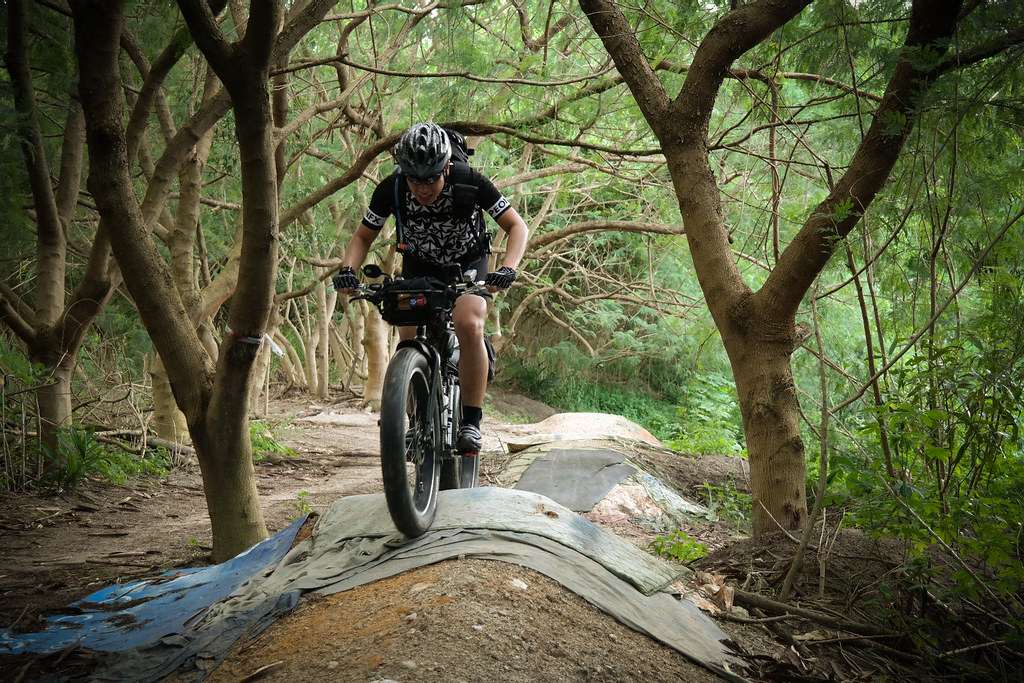In this guide, we will assist you in understanding how to get into mountain biking effectively. Mountain biking offers an exhilarating way to explore nature and challenge yourself physically and mentally. However, starting out can seem daunting without proper guidance.
We’ll cover everything you need to know as a beginner, from choosing the right bike to developing essential skills and safety practices. By following the steps outlined in this guide, you’ll be well on your way to enjoying the thrill of riding trails and immersing yourself in the vibrant mountain biking community.
So, let’s learn how to get into mountain biking!
Benefits of Mountain Biking
Mountain biking offers numerous benefits, making it an appealing activity for beginners. Firstly, it provides an excellent cardiovascular workout, promoting heart health and endurance.

Riding through varied terrain also engages multiple muscle groups, contributing to overall strength and fitness. For those interested in the adrenaline rush of downhill or freeride biking, it offers an exhilarating experience that pushes physical limits.
Moreover, mountain biking provides a mental escape from the stresses of daily life, allowing riders to immerse themselves in nature and experience a sense of freedom and adventure. It can also be a cost-effective hobby, especially for beginners looking to get into mountain biking on a budget.
Additionally, for those looking to ride for transportation or fitness, learning how to ride a mountain bike on the road expands commuting options and provides a versatile form of exercise.
How to Get Into Mountain Biking?
Learning how to get into mountain biking for beginners involves strategic planning and preparation. If you’re interested in downhill mountain biking or freeride mountain biking, it’s essential to start with the right equipment.
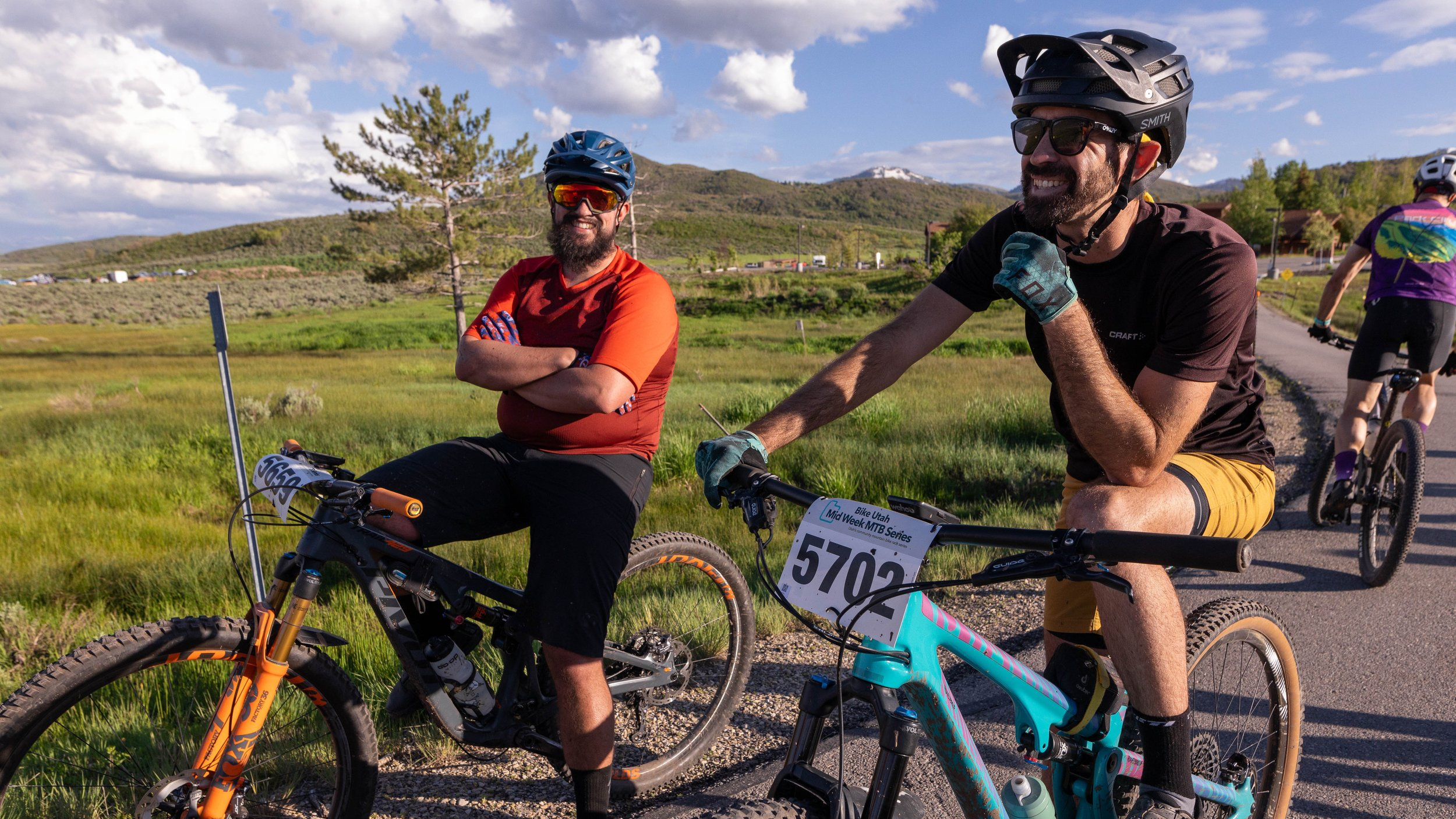
Researching how to get into downhill mountain biking or freeride mountain biking will guide you in selecting the appropriate gear for your chosen discipline. However, if you want to learn how to get into mountain biking in a budget, prioritize finding affordable options for bikes and gear without compromising on quality and safety.
Starting mountain biking begins with exploring beginner-friendly trails and gradually progressing as your skills improve. Seek guidance from experienced riders, and don’t hesitate to take lessons to refine your technique.
How to Choose Your First Mountain Bike?
Choosing your first mountain bike requires careful consideration of several factors to ensure you find the right fit for your needs and preferences:
Suspension Type
Decide on the suspension type based on the terrain you’ll be riding. Rigid mountain bikes have no suspension and are suitable for smooth trails.

Hardtail mountain bikes feature front suspension forks, offering comfort and control on rough terrain. Full-suspension mountain bikes have both front and rear suspension, providing maximum comfort and traction on challenging trails.
Wheel Size
Choose the wheel size that best suits your riding style and terrain. Options include 26 inches, 27.5 inches, 27.5+ inches, and 29ers. Smaller wheels offer agility and maneuverability, while larger wheels provide stability and traction over rough terrain.
Frame Material
Consider the frame material, which affects the bike’s weight, durability, and ride quality. Common materials include aluminum, steel, carbon fiber, and titanium. Aluminum frames are lightweight and affordable, ideal for beginners.
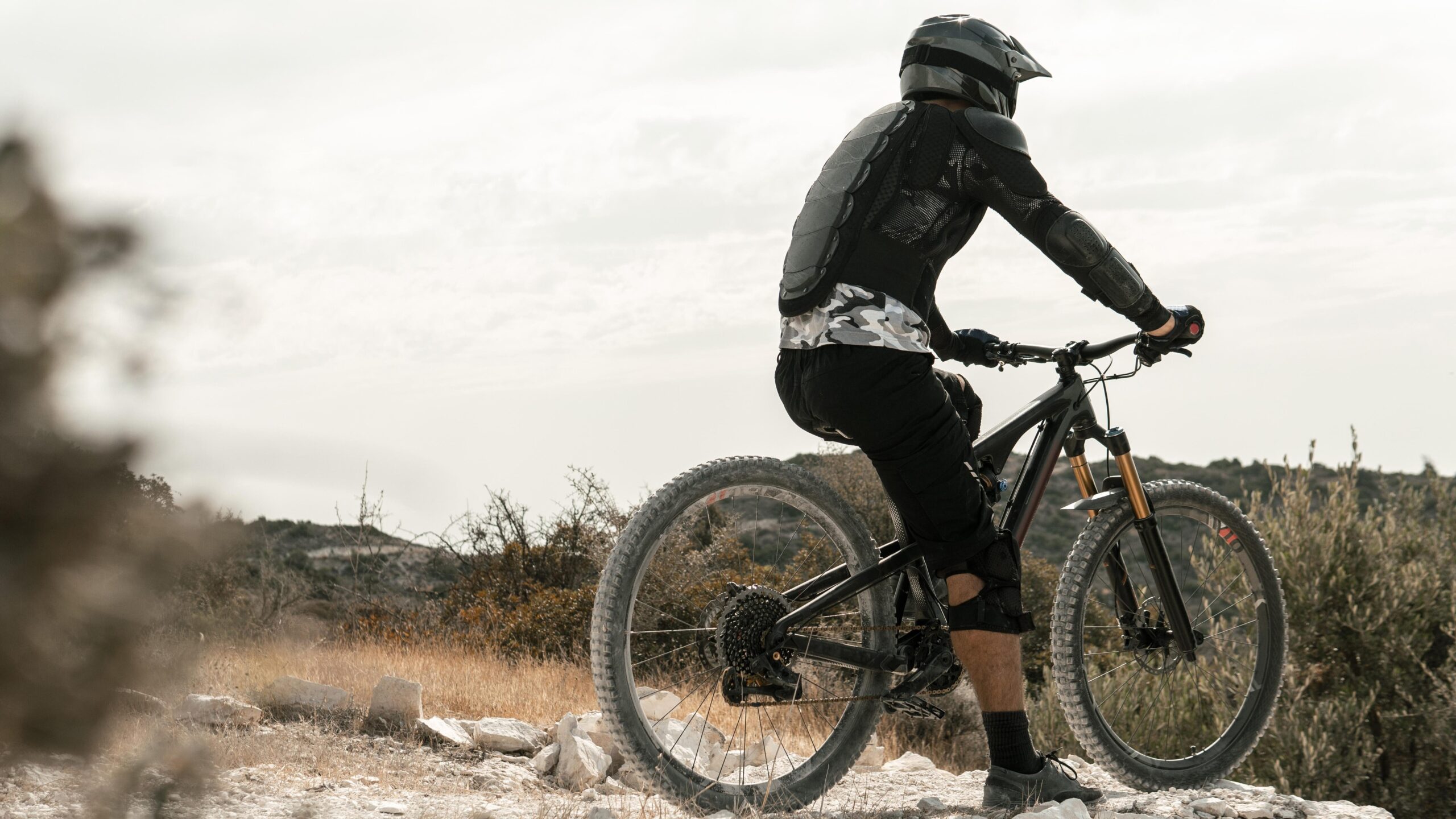
Budget
Determine your budget for purchasing a mountain bike and associated gear. Consider both the initial cost of the bike and potential ongoing expenses for accessories, maintenance, and upgrades.
Terrain
Evaluate the type of terrain you’ll be riding on most frequently, whether it’s smooth trails, technical singletrack, or rugged mountains. Choose a bike with appropriate suspension, tires, and geometry to handle the terrain effectively.
Personal Goals
Consider your personal goals and aspirations in mountain biking, whether it’s fitness, competition, adventure, or simply enjoying nature. Your goals will influence the type of bike and features you prioritize.
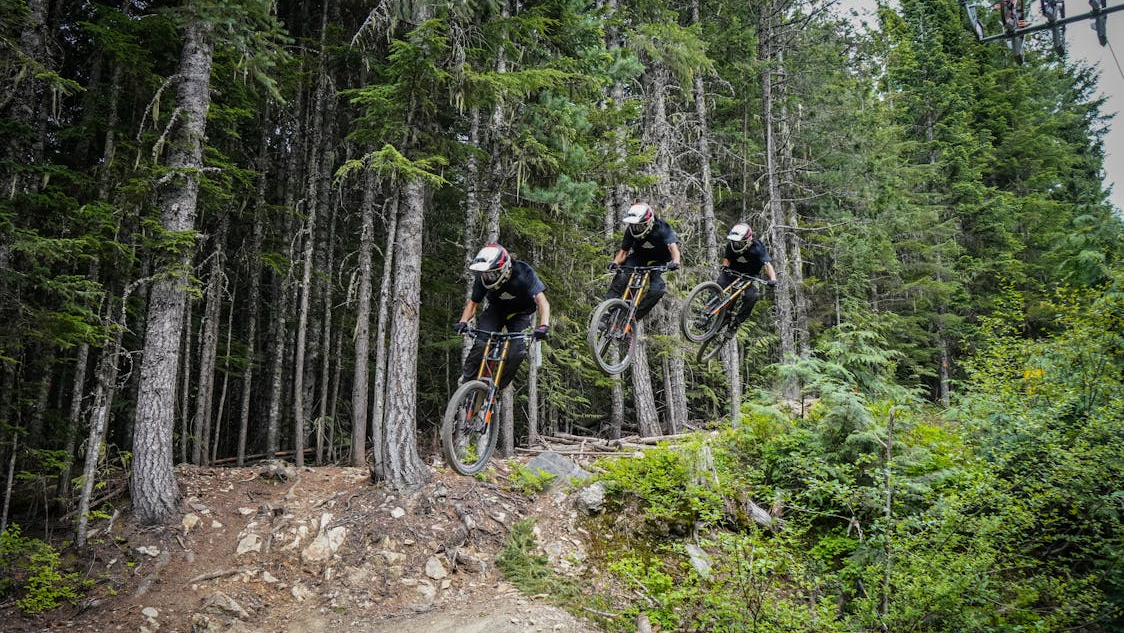
Sizing and Fit
Select the right frame size and adjust the bike’s components to fit your body properly. Consult with a bike shop or experienced riders to determine the correct frame size and make any necessary adjustments to the saddle height, handlebar position, and suspension settings.
What Mountain Bike Should You Get?
When deciding on the mountain bike that best suits you, it’s essential to understand the various mountain biking styles. Each style has specific characteristics and terrain preferences, influencing the type of bike needed.
Mountain Biking Styles
- Cross-Country (XC) Biking: Cross-country biking involves riding on a variety of terrain, including trails and dirt roads, with an emphasis on endurance and efficiency. XC bikes are lightweight, with narrower tires and less suspension travel, making them ideal for long climbs and fast-paced rides.
- Trail Riding: Trail riding encompasses a broad range of terrain, from flowing singletrack to technical descents. Trail bikes are versatile, with moderate suspension travel and balanced geometry, allowing riders to tackle a variety of trails comfortably.
- Downhill (DH) Biking: Downhill biking focuses on fast descents and technical obstacles, such as rocks, roots, and jumps. DH bikes are heavy-duty machines with long-travel suspension, slack geometry, and robust components designed to handle the demands of aggressive riding.
- Freeride Biking: Freeride biking combines elements of downhill and dirt jumping, emphasizing creativity and style. Freeride bikes are similar to downhill bikes but may feature slightly shorter suspension travel and more maneuverable geometry, allowing for tricks and stunts on natural terrain and features.
Investing in the right bike for your mountain biking style will enhance your enjoyment and performance on the trails.
Essential Gear and Equipment
When learning how to start mountain biking, having the right gear and equipment is crucial for a safe and enjoyable experience.
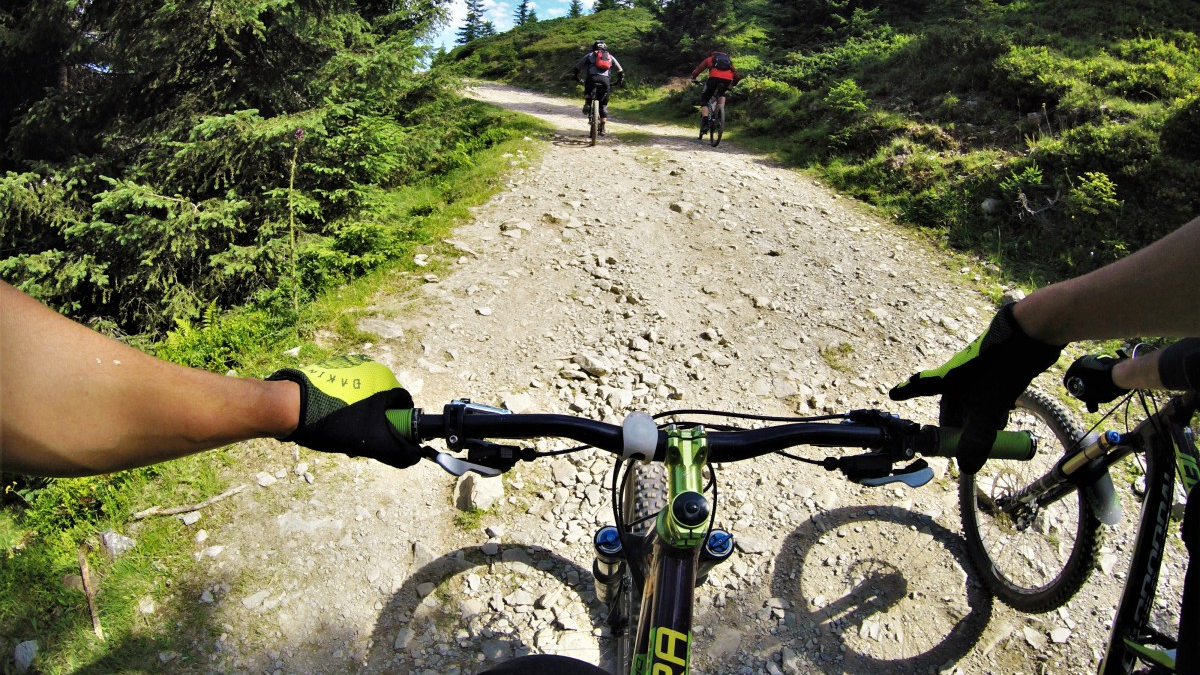
Here’s a breakdown of essential items to consider:
Clothing and Footwear
- Mountain Bike Shorts: Opt for padded shorts designed for comfort during long rides and protection against saddle sores.
- Mountain Bike Jerseys and Shirts: Choose moisture-wicking shirts to keep you cool and dry on the trails.
- Mountain Bike Gloves: Provide grip, protection, and cushioning for your hands, especially during rough descents and over rocky terrain.
- Mountain Bike Shoes: Select shoes with grippy soles for optimal pedal control and comfort during rides. Consider whether you prefer flat pedals or clipless systems for your riding style.
Bike Repair Kit Essentials
- Tools and Accessories for Maintenance and Repairs: Carry a multi-tool with Allen keys, screwdrivers, and chain tools for on-the-go adjustments and repairs.
- Hydration Packs: Stay hydrated on long rides with a hydration pack or water bottle cage mounted on your bike.
- Maintenance Kits: Include essentials like tire levers, spare tubes, patch kits, and a mini-pump or CO2 inflator to handle common mechanical issues on the trail.
Mountain Bike Helmets
- Mountain Bike Helmets: Protect your head from impacts with a properly fitting helmet certified for mountain biking. Look for helmets with extended coverage and adjustable visors for added protection and comfort.
Pedals
- Flat Mountain Bike Pedals: Provide a wide platform and grippy surface for riders who prefer a more casual riding style or frequent foot adjustments.
- Clipless Mountain Bike Pedals: Offer secure attachment to cycling shoes for efficient power transfer and control, ideal for experienced riders seeking maximum performance.
Investing in quality gear and equipment ensures you’re prepared for the challenges of mountain biking while staying safe and comfortable on the trails.
Skills and Training
Start by mastering basic riding techniques such as balancing, braking, and shifting gears. Practice these skills on flat terrain before progressing to more challenging trails.
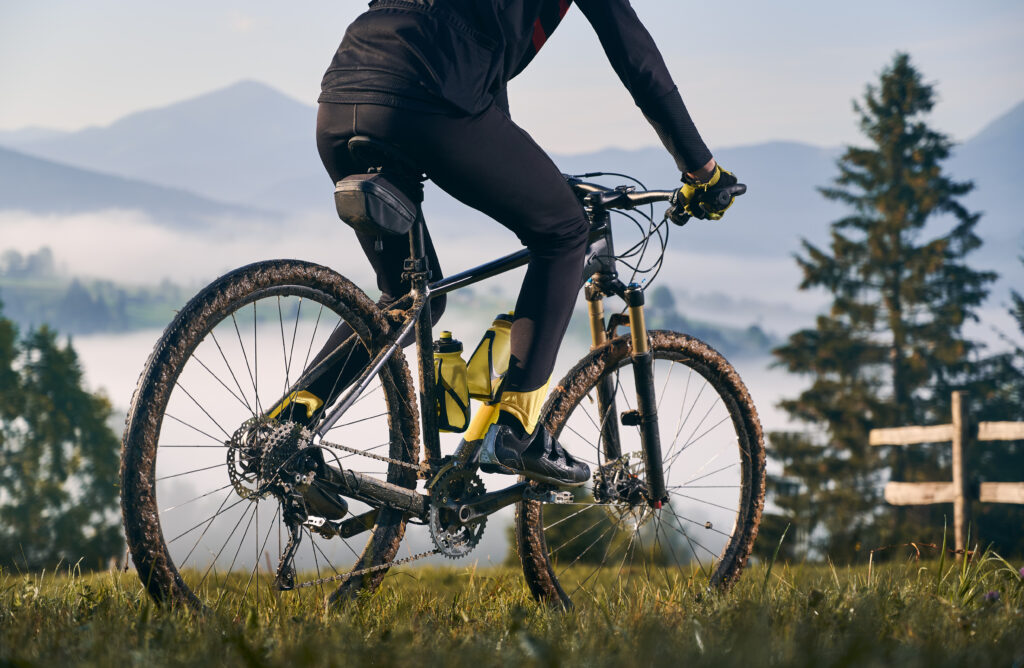
For those interested in how to get into freeride mountain biking or downhill mountain biking, specialized skills are required to navigate steep descents, drops, and jumps.
As you progress, focus on advanced techniques like climbing, descending, and cornering. Climbing efficiently demands proper pedal strokes and body positioning while descending requires confidence and control.
Sharp cornering skills are crucial for navigating tight turns. Incorporate cross-training activities and gradually increase ride duration and intensity for improved endurance and strength. With dedication, you’ll enhance your skills and conquer more challenging trails.
Where to Ride Your Mountain Bike?
Start by researching local trails and parks in your area that cater to mountain biking. Look for trails suitable for your skill level, whether you’re a beginner or a more experienced rider.

Consider factors such as trail difficulty, terrain type, and amenities available, such as parking, restrooms, and bike rentals. Many communities have dedicated mountain biking trails with varying levels of difficulty, ranging from easy, beginner-friendly trails to challenging expert-level routes.
Singletrack trails, winding through forests and over obstacles, offer immersive rides catering to various skill levels. Look for designated trails in local parks or trail networks.
Double-track trails, and wider paths resembling old roads provide enjoyable rides found in many recreational areas. For honing skills, visit mountain bike skills parks featuring berms, jumps, and pump tracks for controlled practice.
How to Find Beginner-Friendly Trails?
Getting started in mountain biking involves finding suitable trails, understanding trail etiquette, and getting involved in the local biking community. To locate beginner-friendly trails, utilize online resources or apps that list trails near you.

Prioritize trails marked as suitable for beginners and check for reviews or ratings from other riders. Moreover, you can join local biking groups or clubs that provide opportunities to meet experienced riders, learn tips, and discover new trails through group rides or events.
Engaging with the biking community will also enhance your mountain biking experience and foster a sense of camaraderie among fellow enthusiasts.
Tips for Improving Your Skills and Confidence
- Start with the Right Bike: Ensure you have a well-maintained mountain bike suited to your skill level and the type of trails you plan to ride.
- Practice on Beginner-Friendly Trails: Begin with easy trails to build foundational skills and gradually progress to more difficult terrains.
- Learn Basic Techniques: Focus on mastering essential techniques such as proper braking, shifting gears, and navigating obstacles.
- Take a Skills Clinic: Consider enrolling in a mountain biking skills clinic to receive professional instruction and feedback.
- Ride Regularly: Consistent practice is key to improvement. Ride regularly to build muscle memory and boost your confidence.
- Join a Community: Engage with local mountain biking groups or online forums to gain insights, tips, and encouragement from experienced riders.
Conclusion
To recap, learning how to get into mountain biking involves selecting the right equipment, starting with beginner-friendly trails, mastering basic techniques, and engaging in regular practice. Enrolling in a skills clinic and joining local biking communities can further enhance your skills and confidence.
By following these guidelines on how to mountain bike, you can enjoy a rewarding and exhilarating experience. We encourage you to start your mountain biking journey today.
We would love to hear about your experiences and any tips you have discovered along the way. Please share your feedback and stories in the comments section below. Your insights could inspire and help fellow enthusiasts.
FAQs
Uphill mountain biking is challenging due to the steep gradient, requiring increased strength, stamina, and efficient energy use.
Yes, mountain biking can help you get ripped by building muscle, enhancing core strength, and providing intense cardiovascular workouts.
Buy mountain bikes at local bike shops, sports retailers, or online at sites like REI, Chain Reaction Cycles, and Jenson USA.
Mountain biking can be risky due to rough terrain and potential falls. Using proper safety gear and skills training mitigates these dangers.

